Who leads the JT-60SA project?
The JT-60SA Project Leader (PL) is responsible for the coordination of the implementation of the JT-60SA Project. The PL is appointed by the Broader Approach Steering Committee and is assisted by the Project Team, which comprises experts and other members, such as visiting scientists.
Sam DAVIS (F4E), Project Leader as of December 2023

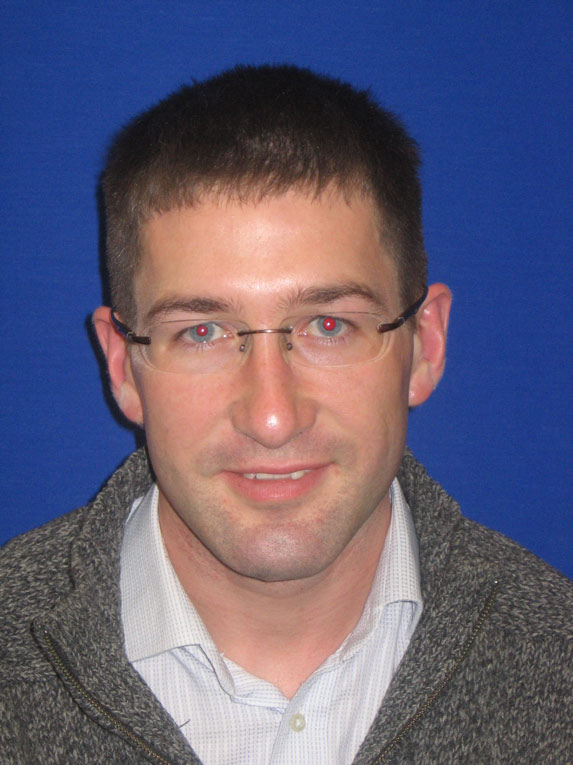
Sam Davis started work at the Culham Centre for Fusion Energy in the UK, working first on materials and magnet development and then on tokamak upgrade projects.
He joined the JT-60SA project in 2010, working for Fusion for Energy in Garching, Germany. He first followed the manufacturing of the cryostat base on which the tokamak rests and its delivery from Spain. He was then fully occupied in the design, manufacturing and assembly of the toroidal field magnet. After launching a range of enhancement projects he moved to Naka, Japan in 2020.
During 2020-2023 he supported the integrated commissioning of the JT-60SA tokamak and the modifications necessary to reach the first plasma. He was appointed as JT-60SA Project Leader in December 2023.
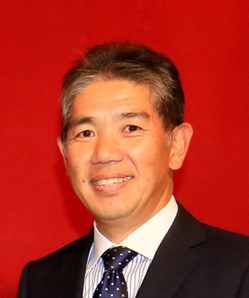
Koji Takahashi is a research scientist on microwave heating technology for fusion devices. In 1994, he started his carrier at Japan Atomic Energy Research Institute, currently National Institutes for Quantum Science and Technology (QST) to join the development of high power RF sources, so-called gyrotron for fusion plasma heating.
He also involved with the development of transmission line components such as antennas and waveguides for JT-60U and ITER.
He was responsible for design and development of the RF power injecting antenna for ITER from 1998 to 2015 and completed the antenna reference design. He also took the responsibility of ITER gyrotron procurement from 2016 as a group leader of RF heating system and completed manufacturing of all eight gyrotrons.
He has involved in JT-60SA project since 2021 as the Deputy Director, Department of Tokamak System Technology and managed the project as JA Home Team Project Manager since 2022.
Guy PHILLIPS (F4E), EU Home Team Leader

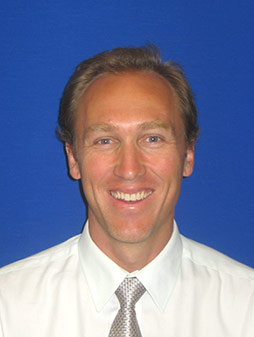
Guy Phillips
Former Project leaders
Hiroshi SHIRAI (QST), Project Leader from 2014 to 2018 and from 2021 to 2023
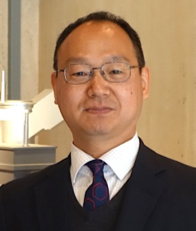
Born in 1960, Hiroshi Shirai entered the fusion community in the field of MHD instabilities in Kyoto University. Using a reduced MHD code, he compared computational results with those actually observed in the small tokamak “NOVA II” as an undergraduate student and with those in the Heliotron E plasmas as a graduate student. After he joined JAERI in April 1984, he started studying transport phenomena by using 1.5 dimensional transport codes. During his stay in PPPL in 1990-1991, he analyzed TFTR plasmas by using the SNAP code including “supershots”. He took his Doctorate at Kyoto University in 1994 on the basis of the transport studies in JT-60. As a member of the JT-60 experimental team, he proposed and implemented transport experiments. He was also engaged in non-dimensional transport and momentum transport studies of JT-60 plasmas.
In November 2003 he joined the Office of ITER Project Promotion in the JAERI Tokyo office for the negotiation of ITER site selection and ITER Agreement/BA Agreement formulation. After having experienced tough negotiation in the Ministry of Foreign Affairs for two and a half years, he took the role of a Japanese contact person for the ITER Project in April 2007 as the group leader of the ITER Project Promotion Group in Tokyo. In 2012 and 2013 he was the chairman of the ITER Council preparatory working group (CPWG). He also took on the role of BA Steering Committee Secretariat from June 2007 through October 2011.
He returned to Naka and joined the Satellite Tokamak Programme Project Team (PT) in April 2014. He was appointed as the Project Leader (PL) in July 2014 taking over the role from Shinichi Ishida, when the first pair of 40° VV sectors were about to be welded on the cryostat base. At that time major components and systems of JT-60SA were steadily being manufactured in Europe and Japan. As the PL, he visited a lot of institutes and manufactures responsible for procurement of TF coils, EF coils, CS modules, high temperature superconductor current leads, cryogenic refrigerators and tanks, cryostat vessel body cylindrical section, thermal shields, various kinds of power supply systems and so forth. He directly witnessed the impressive progress of how they had been designed, tested, manufactured, delivered, assembled and commissioned.
After handing over the role of the Project Leader to Yutaka Kamada in April 2018, he left the Project Team and went back to join the ITER business. He took the roles of Vice-Chair and Chair of the ITER Council Management Advisory Committee from January 2018 to December 2021. He came back to join the PT again in September 2021 as the 5th generation of the PL.
Masaya HANADA (QST), Project Leader from 2020 to 2021
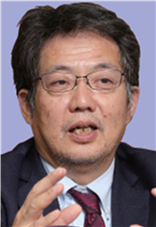
Masaya Hanada graduated from the University of Tsukuba. where he studied the hydrodynamics of superfluid liquid helium. He started at the Japan Atomic Energy Research Institute in 1987, working on the development of neutral beam (NB) injectors with large negative ion sources in ITER and JT-60. From 1994 to 1996, he was involved in the NB group of the Joint Central Team of ITER.
From 2008 to 2015, as group leader of the NB Heating System in the Japan Atomic Energy Agency, he took the lead of the operation of NB systems in JT-60 and the manufacturing of the Japanese components to be procured for the Neutral Beam Test Facility at Padova, Italy.
From 2016 to 2019, he was involved in the JT-60SA project. As Director in the Department of Tokamak System Technology, he managed the assembly of JT-60SA, and manufacturing of Japanese components. He served as the vice-chair of the IEA Fusion Power Coordinating Committee from 2018 to 2020.
In 2020, he became Deputy Director-General of the Naka Fusion Institute of the National Institutes for Quantum and Radiological Science and Technology.
Yutaka KAMADA, Former Project Leader from 2018 to 2020
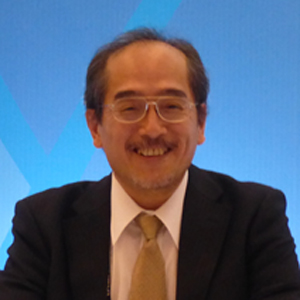
Deputy Director General, Naka Fusion Institute, Fusion Energy Directorate, National Institutes for Quantum and Radiological Science and Technology (QST)
He was born in 1959 in Urawa City, Saitama, Japan. He graduated from the Department of Nuclear Engineering, University of Tokyo in 1983 (Bachelor) and 1988 (Ph. D).
He then became research staff member of the Japan Atomic Energy Research Institute (JAERI) and started tokamak experimental studies at JT-60U. His main research fields were: development of steady-state high integrated performance tokamak plasmas, study of high beta plasmas, and studies on pedestal and edge physics.
In QST and Japan Atomic Energy Agency (JAEA), he was Director of the Division of Advanced Plasma Research (2012–2018), JT-60 Planning and Coordination Group Leader (2008–2012), and General Manager of the Large Tokamak Experiment and Diagnostics Division (2004–2007).
His experience of international community leadership includes:
Chair of ITER Science and Technology Advisory Committee (STAC) (2016–2017)
Chair of the Program Committee of the 25th IAEA Fusion Energy Conference (2014)
Chair of ITPA (International Tokamak Physics Activity) Coordinating Committee (2010–2013)
Chair of ITPA Pedestal and Edge Physics Topical Group (2001–2006)
ITER STAC Member from Japan (2012–present)
ITPA Coordinating Committee, representative of Japan (2006–present)
His hobbies: Growing cactus (more than 50 years), carpentry, cooking, water painting and soccer
Shinichi ISHIDA, Former Project Leader from 2007 to 2014
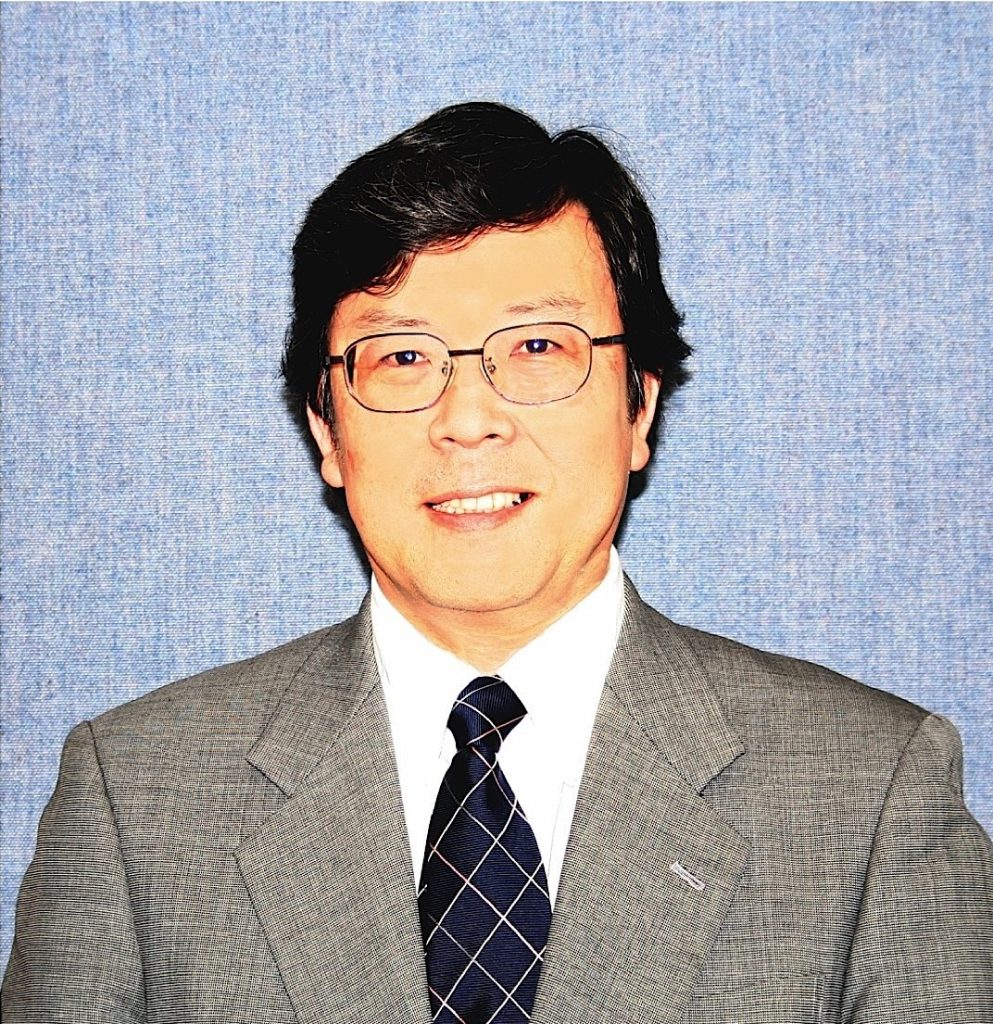
Born in 1957 in Japan, Shinichi Ishida took his Doctorate at the University of Tokyo in 1986 after undertaking visiting research on MHD stability in PDX-M at PPPL for one year from 1983. After he moved to JAERI (now JAEA) at Naka, he initiated the high-ßp experiment as the task force leader and demonstrated confinement enhancement in JT-60. During his stay at JET for one year from 1993, he conducted high-ßp experiments to verify the performance. Under his direction, the advanced tokamak experiments for steady state operation in JT-60 were extensively developed and led to the achievements of the world’s highest temperature plasma performance.
He became JT-60SU Design Group Leader (1998-2000) and conducted the conceptual design of JT-60SC in the direction of superconducting modification of JT-60 towards producing long sustained breakeven-equivalent class plasmas. In his capacity as Planning and Coordinating Group Leader and General Manager of the Tokamak Program Division (1999-2004), he managed the cost, schedule and performance leading to significant scientific achievements in JT-60. He then became engaged in policy planning and administration for two years at the Headquarters for the whole of JAERI and JAEA. He moved back to become Deputy Director of Advanced Plasma Research Division in 2006 responsible for research activities including the JT-60SA project. He was appointed as Project Leader of the Satellite Tokamak Programme from 21 June 2007 until 30 June 2014. During the seven years of his duty, he energetically promoted the Satellite Tokamak Programme project. About 90% of the procurement arrangements were signed by him and thereby major components of the JT-60SA tokamak were produced. With the carrying of the cryostat base into the tokamak hall in January 2013, assembly of JT-60SA got off the ground. Now he is the Director of the Planning and Co-ordination Office in the Sector of Fusion Research and Development supervising overall activities related to fusion in JAEA
Former Home Team Leaders
Enrico DI PIETRO (F4E), EU Home Team Leader
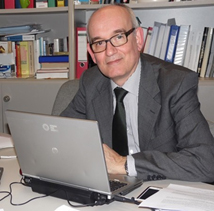
Enrico Di Pietro is a mechanical engineer who has devoted most of his professional life to the design, manufacturing and technological development of experimental devices for controlled nuclear fusion.
He started in 1985 in the ENEA Research Centre of Frascati where as a newly recruited junior engineer he had the privilege to participate in the construction of the second Italian high field tokamak, the Frascati Tokamak Upgrade (also known as FTU). It was already apparent then that the development of magnetic confinement controlled fusion had chances only if pursued as a large international effort due to the size and cost of the devices and their technological development.
He then got involved in the development of technologies necessary for the next step of fusion devices and he soon became the head of the technology division of the ENEA Fusion Department.
From 1996 to 2001, he worked for ITER and the European Fusion Development Agreement (EFDA) contributing mostly in the area of the mechanical design of the neutral beam injection system. When the ITER project was finally released for construction in 2007, he took the responsibility of the ITER site preparation.
In 2008, he moved to the JT-60SA project where later he took the role of Deputy EU Project Manager and F4E JT-60SA Unit head. Since 2017 he has been the EU Home Team Project Manager.

